Nylon is the Chinese name for the synthetic fiber nylon. The translated name is also called “nylon” and “nylon”. Its scientific name is polyamidefibre, which is polyamide fiber. It is the earliest synthetic fiber variety in the world and has been widely used due to its excellent performance and rich raw material resources.
Performance of nylon

- Strong and wear-resistant, ranking first among all fibers. Its wear resistance is 10 times that of cotton fiber, 10 times that of dry viscose fiber, and 140 times that of wet fiber. Therefore, its durability is excellent.
- Nylon fabric has excellent elasticity and elastic recovery, but it is easy to deform under small external force, so the fabric is easy to wrinkle during wearing.
- Poor ventilation and breathability, easy to generate static electricity.
- The hygroscopicity of nylon fabric is better than that of synthetic fiber fabrics, so clothing made of nylon is more comfortable to wear than polyester clothing.
- Has good moth resistance and corrosion resistance.
- The heat resistance and light resistance are not good enough, so the ironing temperature should be controlled below 140℃. During wearing and use, you must pay attention to the washing and maintenance conditions to avoid damaging the fabric.
- Nylon fabric is a light fabric and is only listed after polypropylene and acrylic fabrics among synthetic fiber fabrics. Therefore, it is suitable for making mountaineering clothing, winter clothing, etc.
Polyamide 6 and nylon 66

The most common nylon products on the market are nylon 6 and nylon 66.
Nylon 6: The full name is polycaprolactam fiber, which is polymerized from caprolactam.
Nylon 66: The full name is polyhexamethylene adipamide fiber, which is polymerized from adipic acid and hexamethylene diamine.
Generally speaking, nylon 66 feels better than nylon 6, and nylon 66 has better comfort It is also better than nylon 6, but it is difficult to distinguish nylon 6 and nylon 66 from the surface.
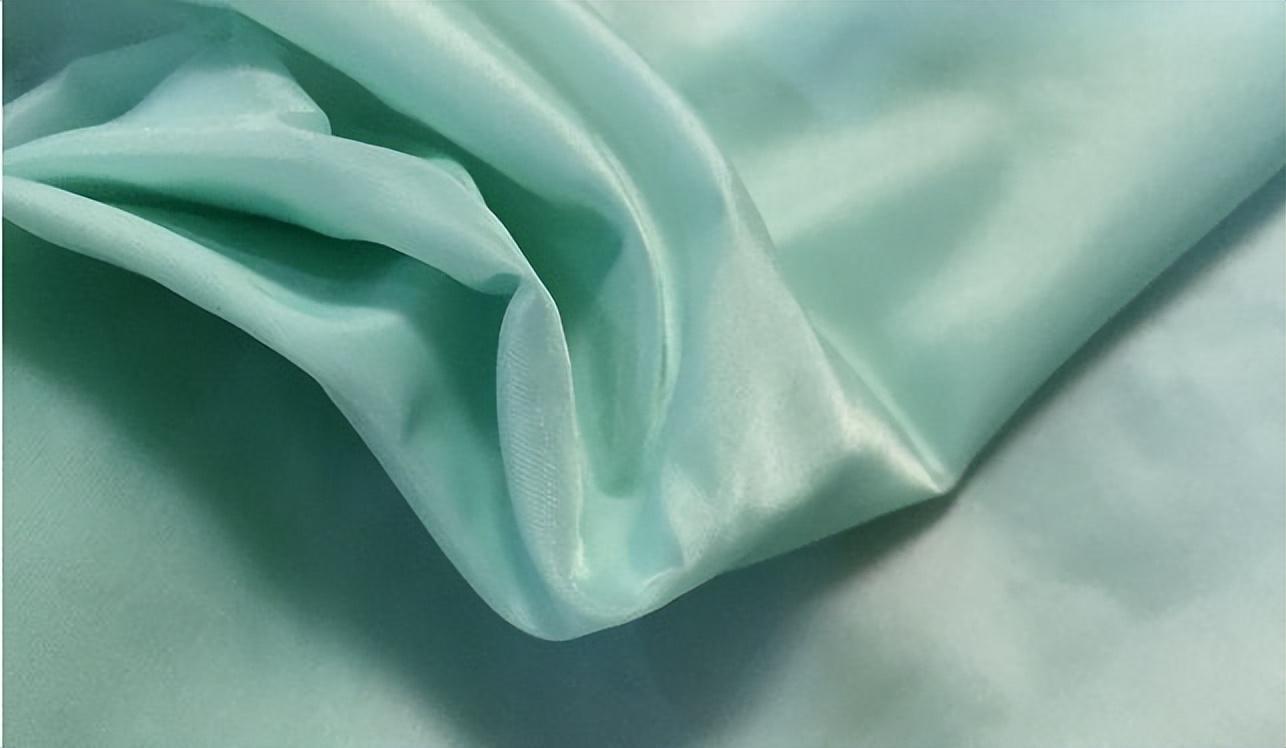
The common characteristics of nylon 6 and nylon 66: poor light resistance. Under long-term sunlight and ultraviolet light, the intensity decreases and the color turns yellow. ; Its heat resistance is not good enough. At 150°C, it turns yellow after 5 hours, the strength and elongation decrease significantly, and the shrinkage rate increases. Nylon 6 and 66 filaments have good low temperature resistance, and their resilience does not change much when temperatures are below minus 70°C. Its DC conductivity is very low, and it is easy to generate static electricity due to friction during processing. Its conductivity increases with the increase of moisture absorption rate, and increases with the increase of humidity according to an exponential function. Nylon 6 and 66 filaments have strong resistance to microbial action, and their ability to resist microbial action in silt water or alkali is second only to chlorine fiber. In terms of chemical properties, nylon 6 and 66 filaments have alkali resistance and reducing agent resistance, but have poor acid resistance and oxidant resistance.
Nylon fiber fabrics can be divided into three categories: pure spinning, blended spinning and interwoven fabrics. One large category contains many varieties.
Nylon pure fabric

Various fabrics made of nylon yarn, such as nylon taffeta, nylon crepe, etc. Because it is woven with nylon filament, it has the characteristics of smooth feel, strong durability and affordable price. It also has the disadvantages that the fabric is easy to wrinkle and difficult to recover.
01
Taslan
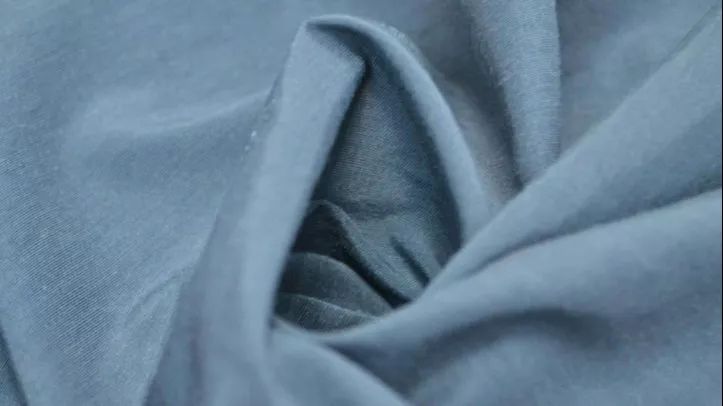
Taslan is a type of nylon fabric, including jacquard towers Silon, honeycomb taslan, full extinction taslan, etc. Usage: high-end clothing fabrics, ready-to-wear fabrics, golf clothing fabrics, high-end down jacket fabrics, highly waterproof and breathable fabrics, multi-layer composite fabrics, functional fabrics, etc.
① Jacquard Taslan: The warp yarn is made of 76dtex (70D nylon filament, and the weft yarn is made of 167dtex (150D nylon air textured yarn; the fabric structure adopts a double flat jacquard structure and is interwoven on a water-jet loom. The fabric width is 165cm, the weight per square meter is 158g, and there are varieties of different shades of purple, grass green, light green, etc. The fabric has Not easy to fade and wrinkle, strong color fastness, etc.
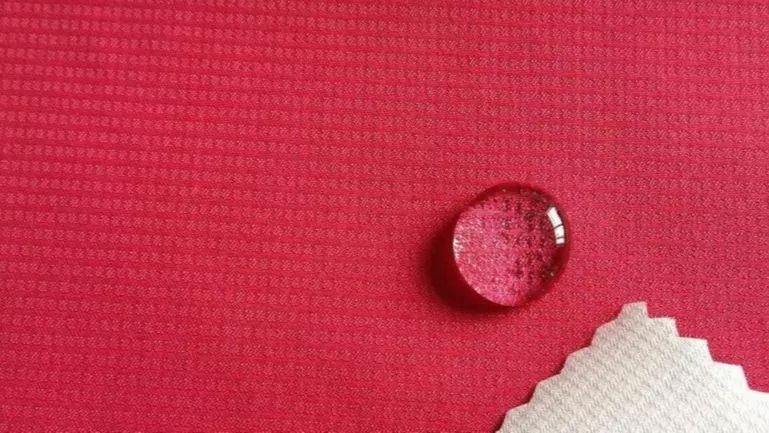
②Honeycomb Taslan: The fabric warp yarn is made of 76dtex nylon FDY, and the weft yarn is made of 167dtex nylon air deformation Silk, warp and weft density���430 strands/10cm×200 strands/10cm, interwoven on a water-jet loom with a faucet. Basically, a double-layer plain weave is used. The cloth surface forms a honeycomb grid. The gray fabric is first relaxed, scoured, alkali reduced, Dyeing, softening and shaping. The fabric has the characteristics of good breathability, dry feel, soft and elegant, and comfortable wearing.

③Full-dull Taslan: The warp yarn of the fabric is made of 76dtex fully-dull nylon-6FDY, and the weft yarn is made of 167dtex fully-dull nylon air-textured yarn. The most prominent advantage is that it is more comfortable to wear, has good warmth retention and breathability.
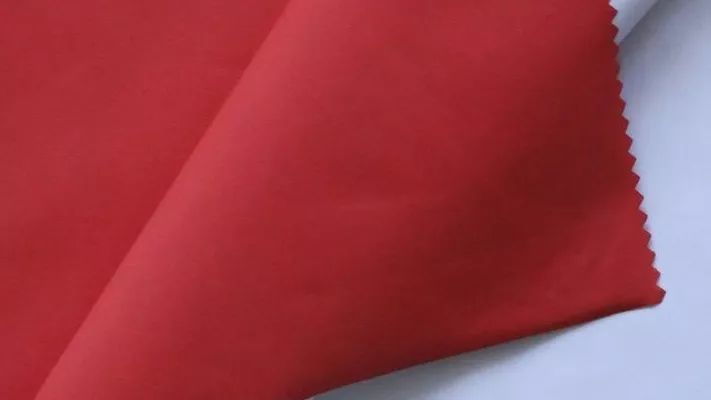
02
Nisi spinning
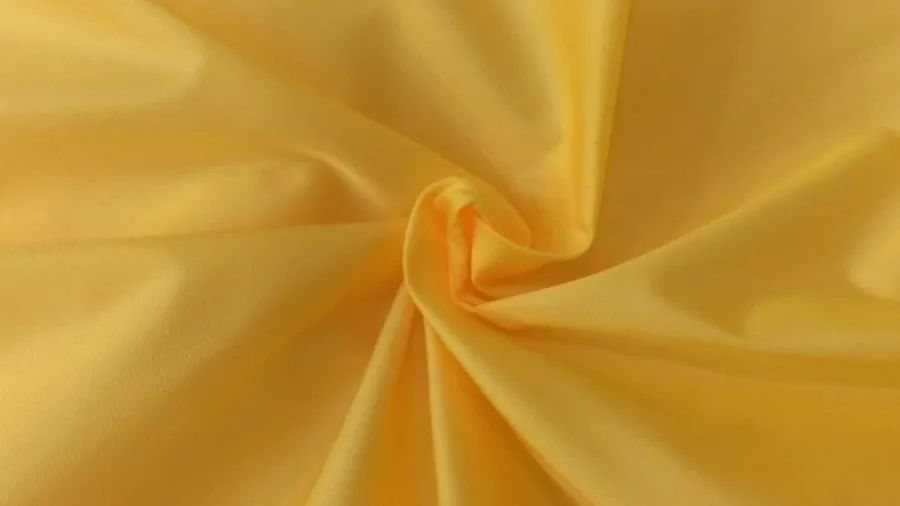
Nylon silk (also known as nylon silk) is a spun silk fabric made of nylon filament. It has been bleached and dyed , printed, calendered and embossed nylon spinning, the fabric is smooth and dense, the silk surface is smooth, soft to the touch, light and strong and wear-resistant, bright in color, easy to wash and quick-drying.
03
Twill fabric
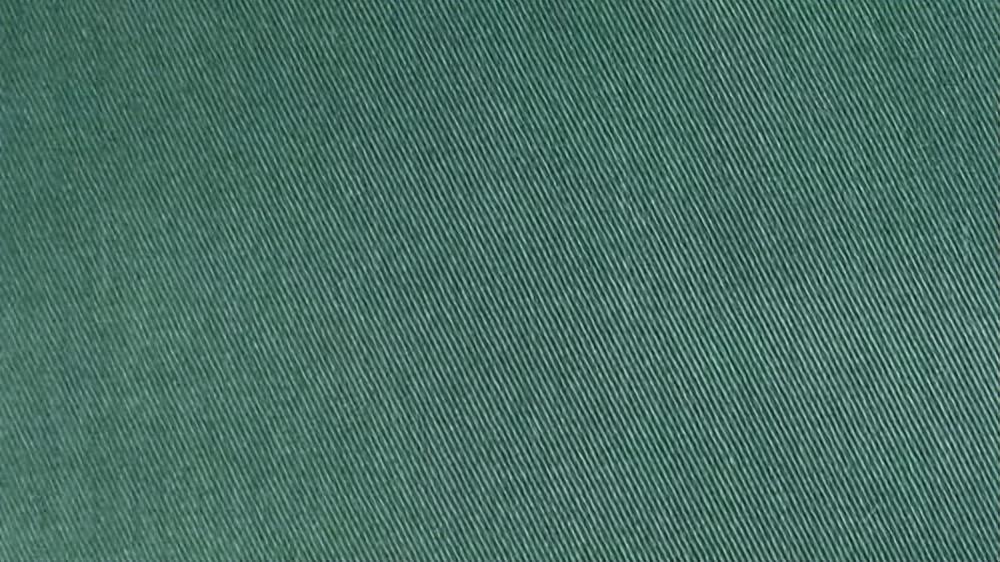
Twill fabric is made of twill weave and has a clear diagonal pattern on the surface, including brocade/cotton khaki, gabardine, gram Luo Ding, etc. Among them, brocade/cotton khaki has the characteristics of thick and tight cloth body, tough and crisp, clear texture, and wear resistance.
04
Nylon Oxford cloth

Nylon Oxford cloth, the warp and weft yarns are made of coarse denier (167-1100dtex nylon filament, plain weave structure, the product is woven on a water-jet loom. After being dyed, finished and coated, the gray fabric has the advantages of soft hand feel, strong drape, novel style, waterproof, etc. The cloth has the luster effect of nylon silk.
Nylon blended and interwoven fabrics

Fabrics obtained by blending or interweaving nylon filaments or short fibers with other fibers have the characteristics of various fibers.
01
Nan/Jin Gabardine
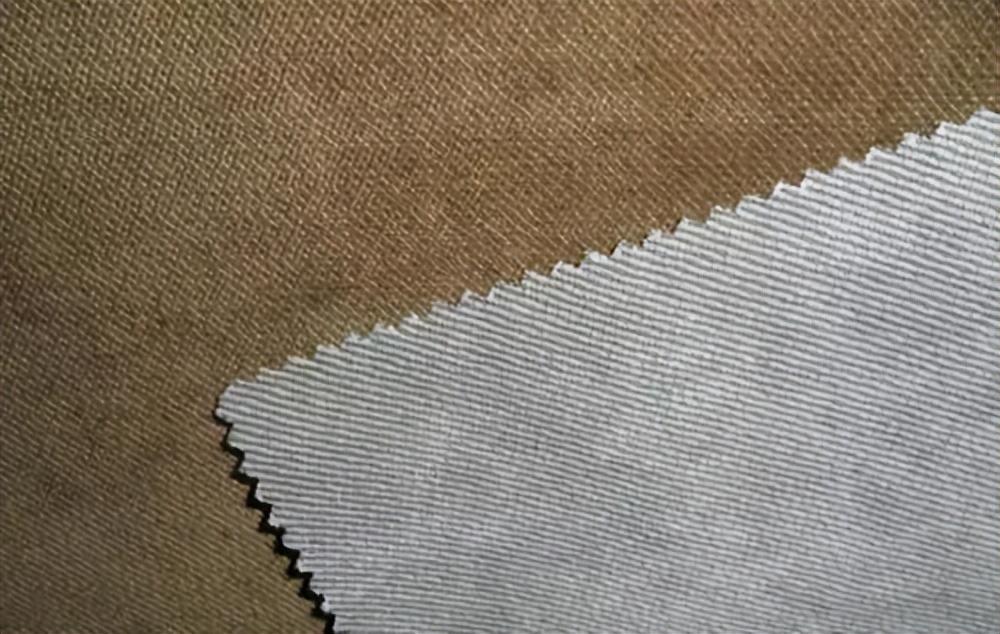
Viscose/brocade gabardine has two blending ratios, one is One is 15% nylon, 85% viscose fiber; the other is 25% nylon, 75% viscose fiber. The warp and weft yarns are all blended yarns, which are 2/2 twill weave fabrics. The warp density of this kind of fabric is nearly twice that of the weft density, so the fabric is thick and tight, tough and durable. The surface is flat, smooth and shiny. The disadvantages are poor elasticity, easy to wrinkle, low wet strength, large shrinkage, hardening when washed, and easy sagging when worn.
02
Nian/Jinfanliding
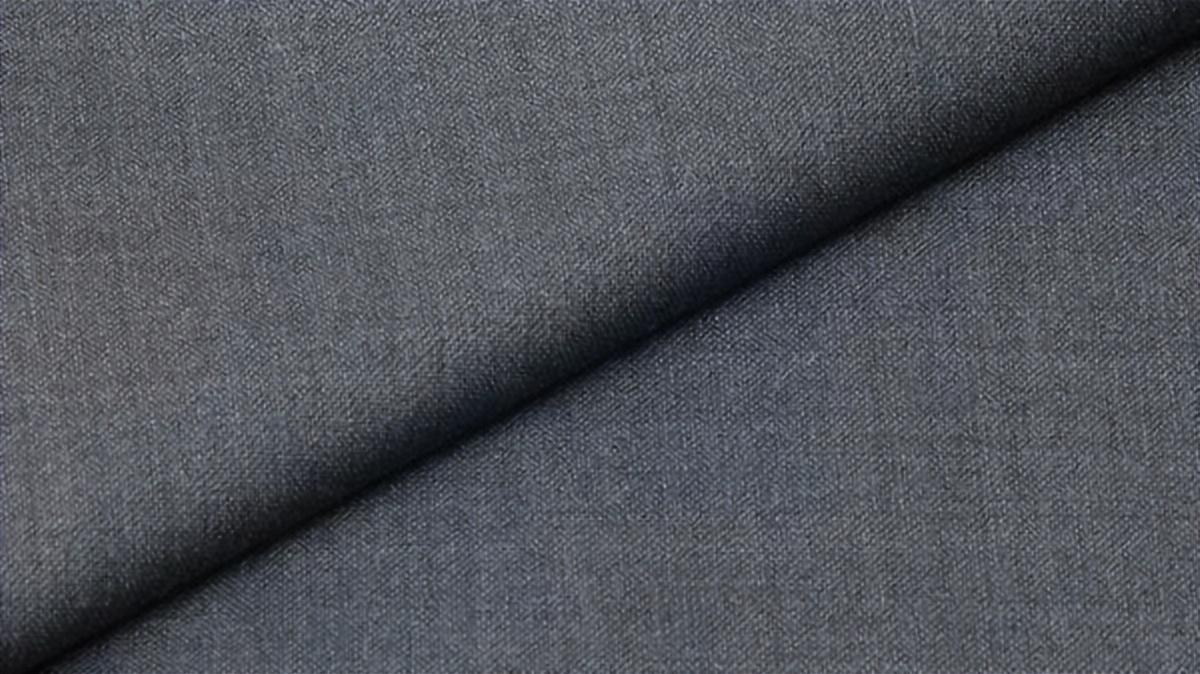
Sticky/jinfanlitin, called nylon plain weave There are two ratios of 15% nylon and 85% viscose fiber and 25% nylon and 75% viscose fiber, which are blended into fabrics made of two-ply threads. Made of plain weave, the front and back sides have the same appearance and feel quite cool, but not soft enough, and its luster is second only to gabardine.
03
sticky/jinserge
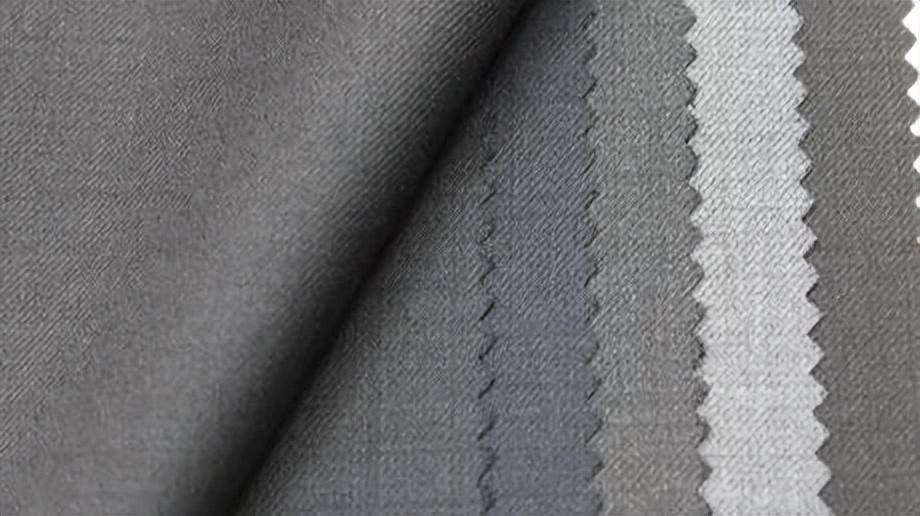
Sticky/brocade serge, also known as nylon serge, belongs to 2 /2 twill weave, its appearance is similar to gabardine, its warp density is 40% smaller than gabardine, and its weft density is similar. Because the surface of serge is flatter than that of gabardine, its grain is wider, and the interweaving points are clearly visible, but its feel is not as good as gabardine, and its strength and luster are poor.
04
Nack/brocade/wool tweed
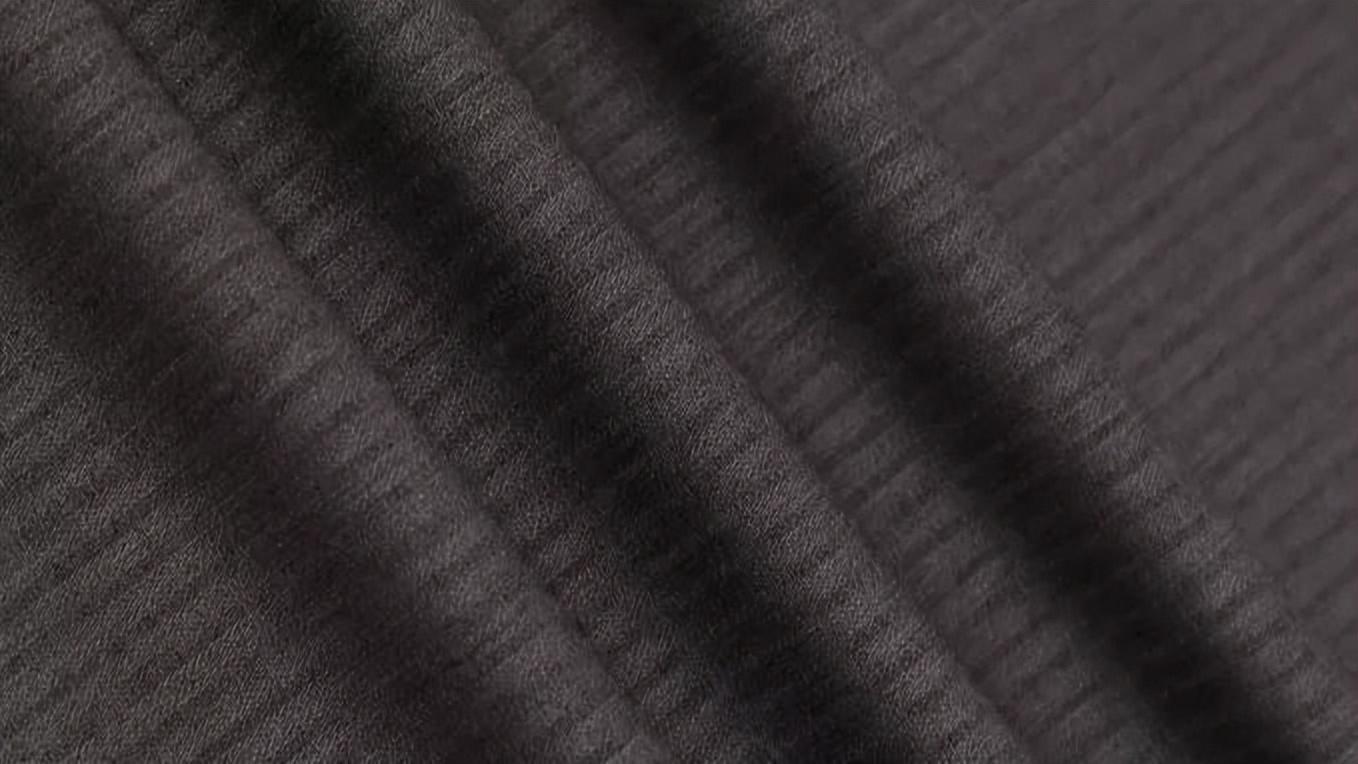
Viscose/brocade/wool tweed, worsted Woolen fabrics are mostly plain tweed, referred to as three-in-one tweed. It is blended in a ratio of 4:4:2. Since yarns with different twist directions are used as warp and weft yarns, the fabric shows patterns on the surface due to the reflection of light.
05
Brocade/Viscose/Stretch Grosgrain
brocade/viscose/elastic grosgrain, yes The warp yarn is made of spandex and nylon covered yarn as raw material, and is woven on an air-jet loom. The gray fabric is relaxed, desized, alkali treated, dyed (with reactive dyes and disperse dyes), and shaped and finished. This product has the style of viscose fiber fabric, the luster effect of nylon fabric, and the elastic function of spandex fabric; the fabric has cotton texture, comfort, and stretchability.
122″>Brocade/Viscose/Stretch Grosgrain
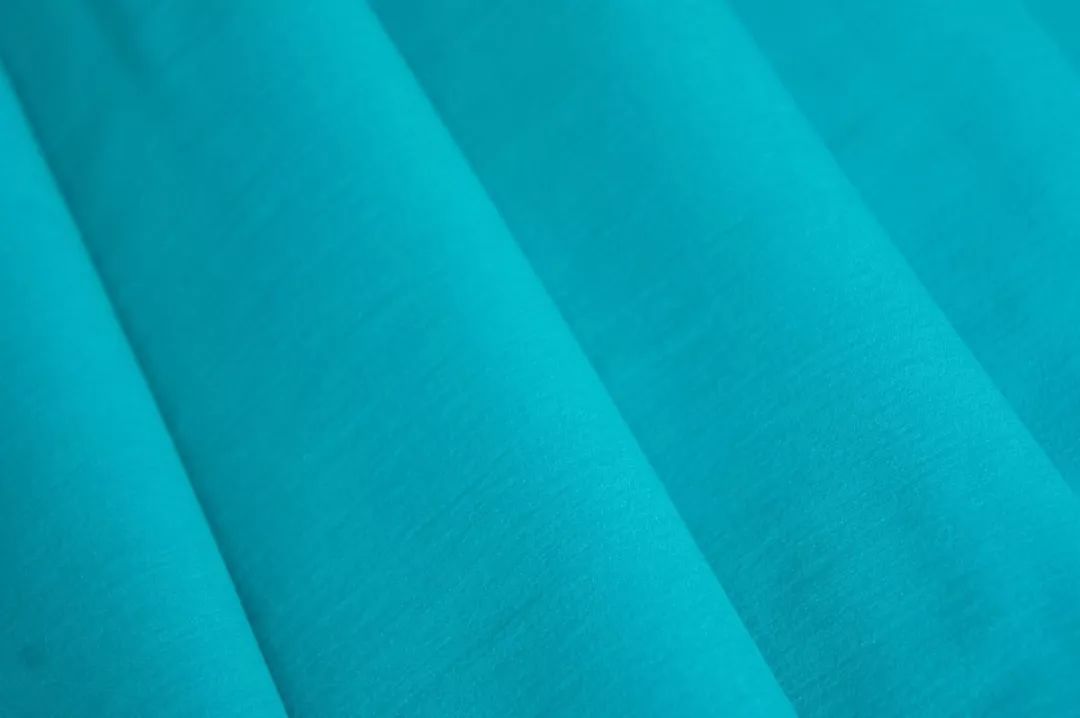
nylon/viscose/elastic grosgrain, the warp yarn is made of spandex nylon covered yarn as raw material, in the air-jet Weaving on a loom, the gray fabric undergoes relaxation, desizing → alkali treatment → dyeing (using reactive dyes and disperse dyes) → shaping and finishing, etc. This product has both the style of viscose fiber fabrics, the luster effect of nylon fabrics, and spandex The elastic function of the fabric; the fabric has a cotton texture, comfort and stretchability.







